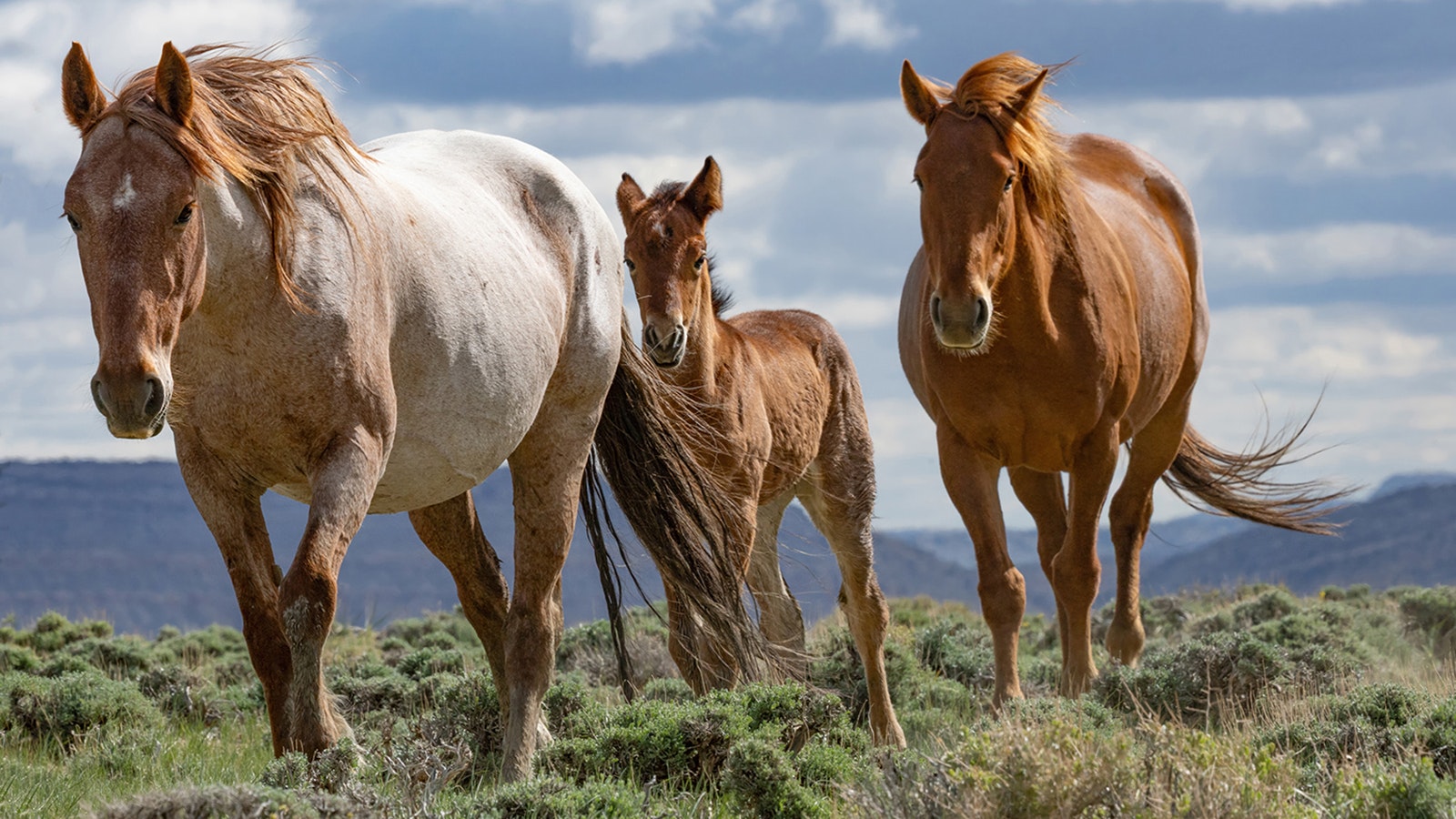By Mark Heinz, outdoors reporter
Mark@CowboyStateDaily.com
Some Wyoming cycling enthusiasts say electric bicycles, commonly called e-bikes, create more opportunities for the sport. Whether they should be classified as “motorized vehicles” remains unclear.
“They (e-bikes) are getting people out there who might not otherwise have the opportunity,” Christopher Guyer, who owns Joyvagen Bicycle Shop in Cody, told Cowboy State Daily.
“An e-bike can help somebody enjoy cycling, even if they don’t have all the capabilities of a healthy or super-healthy person,” he said.
E-bikes have kept some older riders in the annual Tour de Wyoming long-distance road cycling event, avid cycler Amber Travsky of Laramie in an e-mail. She’s one of the event’s organizers.
“We allow pedal-assist e-bikes on the Tour de Wyoming – nothing with a throttle,” she said. “I met riders who, as they age, find they are no longer able to do the long-distance days or the steeper terrain.
“The e-bike allows them to continue participation even into their 80s.”
But for healthy, fully capable people, e-bikes may dilute the experience, she said.
“One of the joys of road riding and, really, any cycling, is the real self-satisfaction in getting from Point A to Point B under your own power,” Travsky said. “If it is hard, the satisfaction is that much greater. Those who get into cycling only on an e-bike just won’t know this satisfaction.”
Three Classifications
E-bikes are categorized as Class I, II or III, with classes I and III and class III e-bikes “pedal assist.” That means the rider must still pedal, but an electric motor gives them a boost, according to the Electric Bike Paradise Website. Class I bikes give a boost up to 20 mph. Class III can boost riders up to 28 mph.
Class II bikes are “throttle assist,” which means an electric motor will move the bike even if the rider isn’t pedaling. Speed is controlled through a throttle, and some of these bikes can exceed 28 mph.
Riding a Class I e-bike is much like riding a regular bicycle, Guyer said.
“With those Class I models, I challenge anybody to ride one and see how little difference there actually is from a fully human-powered bicycle,” he said. “The larger, Class II throttle-controlled models feel and handle much more like a motorcycle.”
Different Rules for Different Places
Rules for using e-bikes in Wyoming vary by location. Within most towns and cities, they’re the same as they are for regular bicycles, according to PeopleForBikes.org.
In Wyoming state parks, Class 1 e-bikes are allowed on nonmotorized trails. The other classes may be used only on motorized trails. On national forests in Wyoming, e-bikes of all classes are generally allowed only on motorized trails.
E-bikes For Hunting
Some companies make e-bikes specifically marketed for hunting. They include such features as fatter tires and trailers for hauling gear or big-game carcasses.
Guyer said using e-bikes for hunting seems to be catching on with some of his customers.
“You can get where you need to go (for hunting) quickly and much more quietly than with a motorcycle or ATV,” he said, adding the design is still lagging for some hunting-specific models.
“Those are the ones we end up working on the most,” he said. “They’re overbuilt, but there isn’t quite the attention to quality in the smaller parts.”
Instead, at least for now, he recommends hunters buy higher-end general sporting e-bike models.





